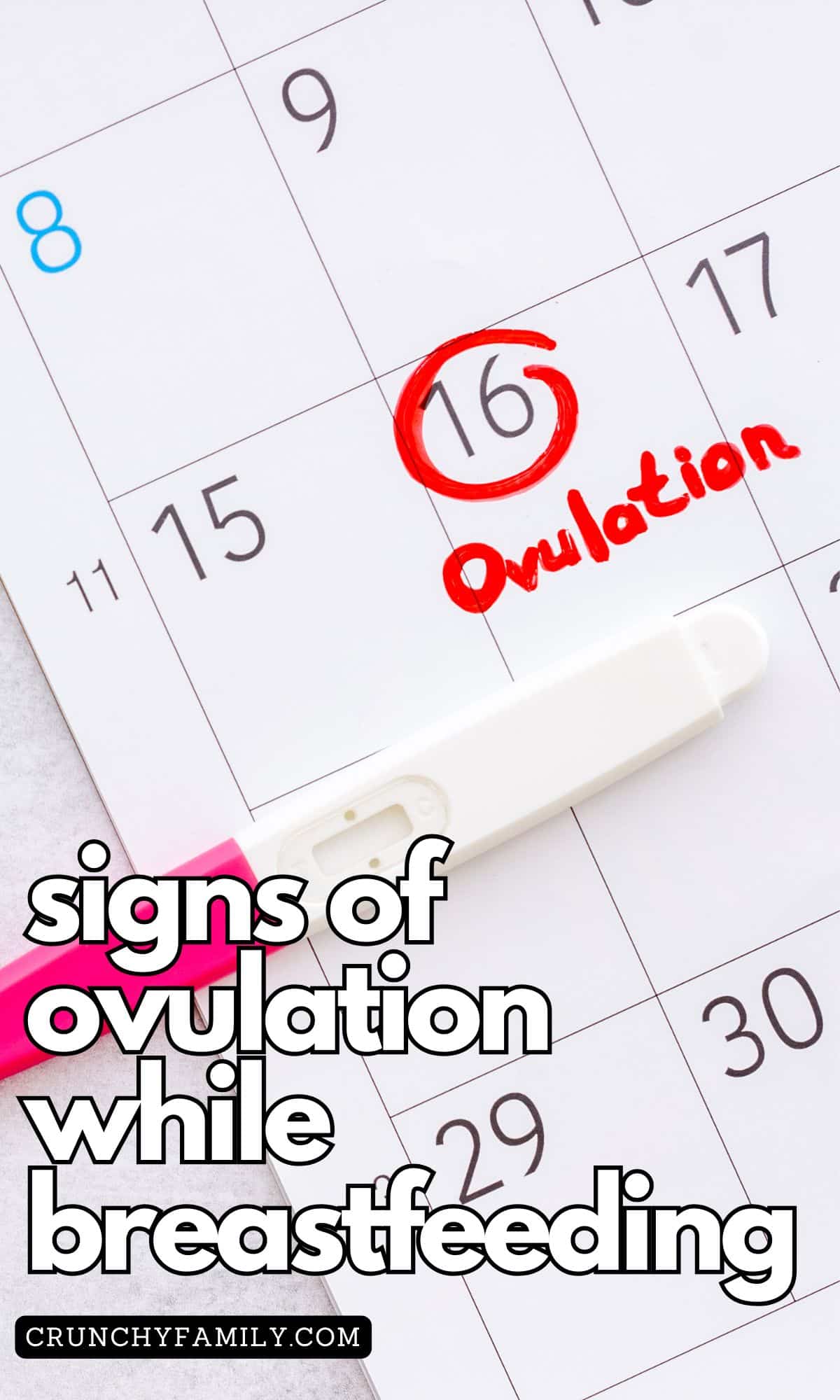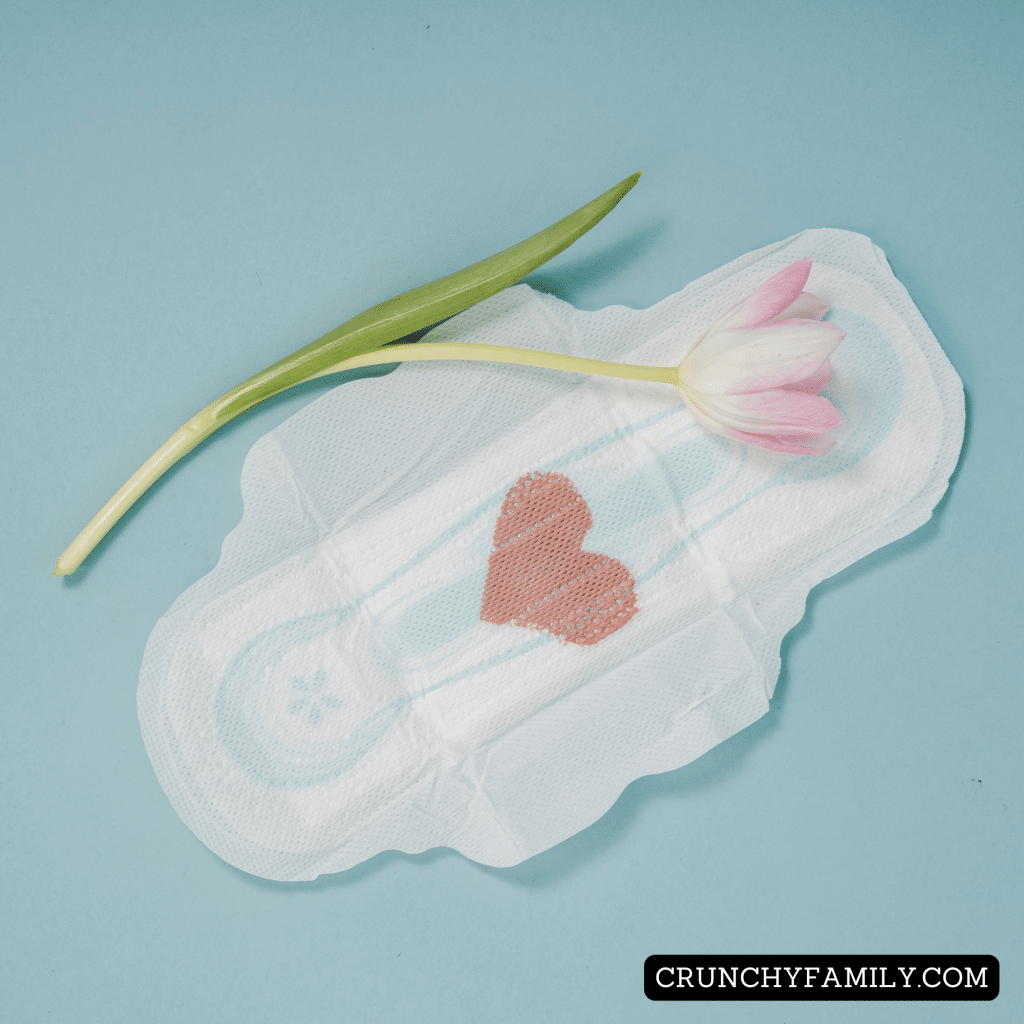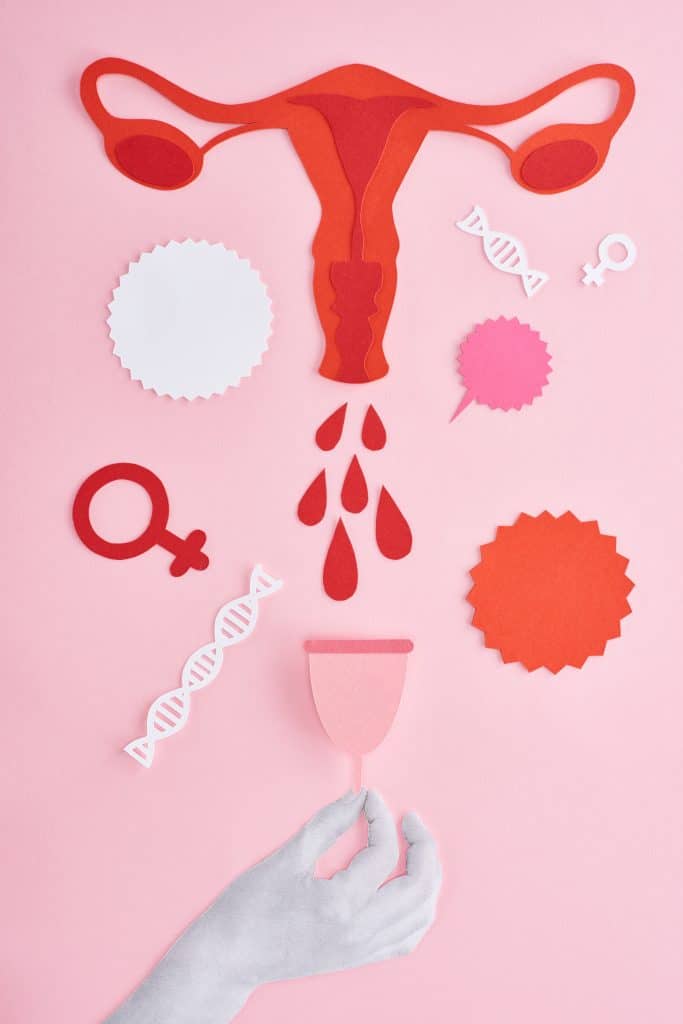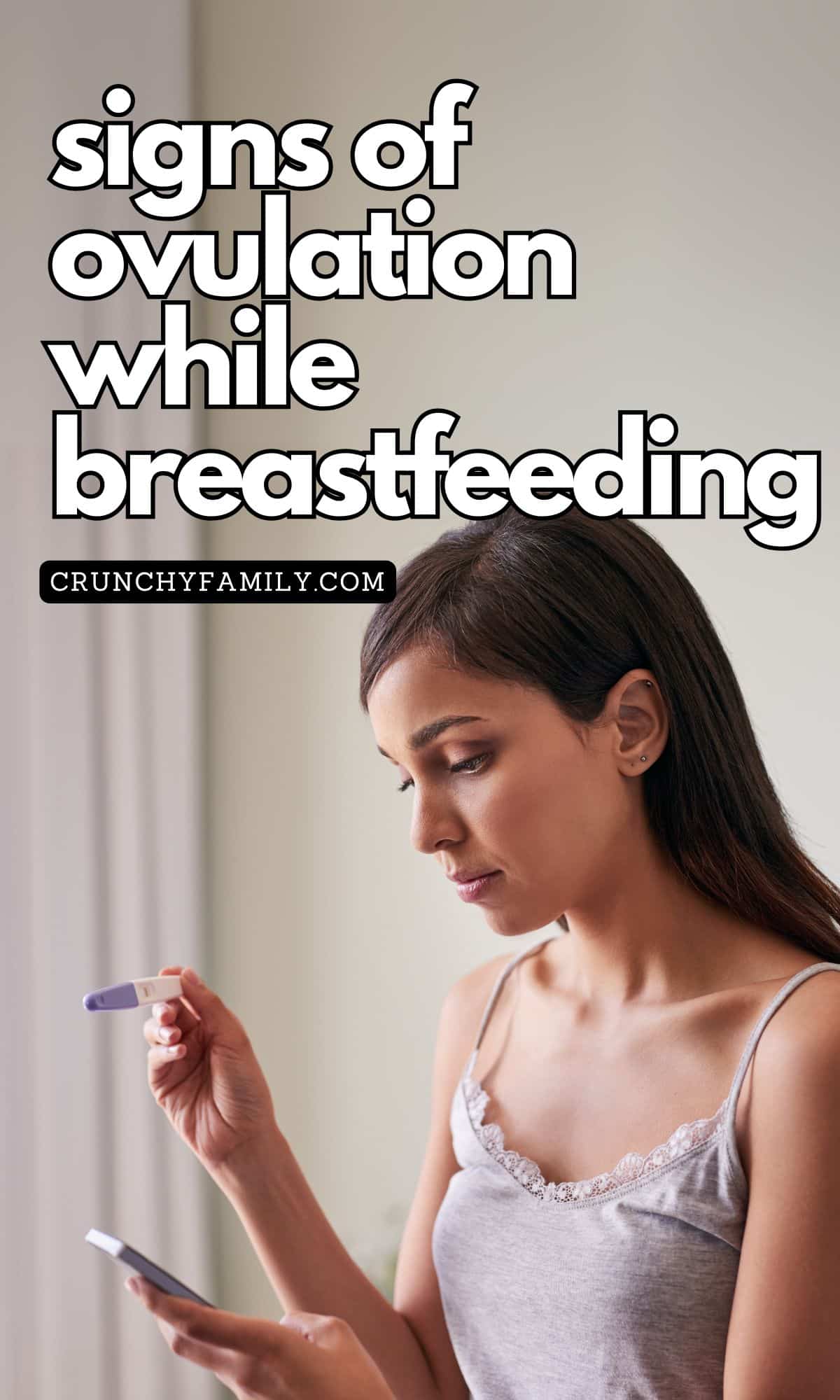If you’re breastfeeding and haven’t had your period return yet, you might be wondering what’s going on with your body, especially when it comes to ovulation.
Whether you’re hoping for a new pregnancy or doing your best to avoid one, knowing the signs of ovulation while breastfeeding can give you a better idea of where your body stands. It’s all part of understanding your reproductive health during this unique time.

Can You Ovulate Without a Period?
The short answer is: yes! Many breastfeeding mothers ovulate before their first postpartum period shows up. This means you could be fertile without even realizing it. While the lactational amenorrhea method (LAM) can act as a form of birth control for the first six months postpartum, especially if you’re exclusively breastfeeding and your baby is feeding frequently, it’s not foolproof. In rare cases, ovulation can happen earlier than expected, even if your milk supply is going strong.

Why Ovulation Might Be Delayed
When you’re breastfeeding, the hormone prolactin, which helps produce breast milk, also suppresses the release of an eggfrom your ovaries. This natural suppression is what causes lactation amenorrhea, aka the temporary absence of periods.
Once you begin introducing solid foods or your baby sleeps longer stretches, your prolactin levels may drop. This hormonal shift can bring on the return of ovulation and eventually your first menstrual cycle.
The timeline for the return of ovulation varies widely. Some women notice signs just a few weeks postpartum, while others may go many months postpartum before seeing any changes. This depends on a mix of factors like how often your baby is feeding, whether you’re exclusively breastfeeding, your body’s sensitivity to hormonal changes, and even your nutrition, eating enough calories is important for maintaining both milk production and hormone levels.

5 Signs of Ovulation While Breastfeeding
Even without your menstrual period, there are still ways to tell that fertility is returning. Here are some clear signs to watch for:
- Cervical mucus changes: A stretchy, egg-white texture may signal your fertile window, so look out for this increased vaginal discharge as a fertility sign.
- Ovulation pain or mild pain in the lower abdomen (also called mittelschmerz) during the middle of your cycle.
- Slight increase in your basal body temperature after ovulation.
- Changes in sex drive, mood swings, or breast tenderness due to hormonal fluctuations.
- A rise in the luteinizing hormone (LH), which can be detected using ovulation tests.
Tracking these changes can give you a better idea of when your fertility returns even before the return of menstruation.
What If You Want to Avoid Pregnancy?
It’s important to remember that fertility returns before your first menstrual cycle, so unprotected sex could lead to a surprise early pregnancy. The tricky part is that without that first bleed, you don’t have a clear sign of when ovulation actually happened. This is why many women rely on a mix of fertility signs, like cervical mucus and basal body temperature, to get a clearer picture.
If you’re not ready for a new pregnancy, it’s a good idea to use a reliable birth control method. While LAM is considered effective under specific conditions (like feeding every 4 hours during the day and 6 at night), it’s safest to talk to your healthcare provider or visit a sexual health clinic to explore other forms of contraception.
Barrier methods, fertility awareness methods, or even hormonal birth control methods if you feel comfortable with those (depending on what’s safe for your milk production) can help.

What If You Do Want to Get Pregnant?
On the flip side, if you’re hoping for another baby, understanding your body’s cues is key. Tracking your basal body temperature, using ovulation tests, and paying attention to cervical mucus can all help pinpoint your fertile window.
Some women even use natural family planning methods or guidance from a lactation consultant or fertility expert to navigate this time.
Just remember, the return of your menstrual cycle may look different with irregular periods, longer periods, or even heavy bleeding with blood clots can be common as your body readjusts. If you’re unsure or experience anything concerning, it’s always smart to speak to your health care provider.

In some cases, your sex drive may increase naturally as your hormones begin to shift, which can be another clue that ovulation is near.
If you’re unsure whether your body is ready, consulting your health care provider or a lactation consultant can give you more insight into what’s normal for your postpartum recovery and your reproductive health.
Why This Matters for Every Breastfeeding Parent
Whether or not you’re planning to expand your family, knowing the signs of ovulation while breastfeeding helps you stay in tune with your woman’s body. From protecting your sexual health to preparing for the return of your period, it’s all part of your body’s way of finding balance again after your baby’s birth.
Paying attention to your hormone levels and fertility signs can empower you to make the best choices, whether that’s continuing to rely on the lactational amenorrhea method, switching to another method of birth control, or preparing for your first period and possibly a new pregnancy.
Knowing what to look for can also help you feel more confident navigating this season of motherhood and the womanly art of breastfeeding.
Being in tune with your cycle can be empowering. Every woman’s body is unique, and there’s no one-size-fits-all when it comes to the return of menstruation or fertility.

FAQ: Ovulation While Breastfeeding
Can I get pregnant if I haven’t had a period yet while breastfeeding?
Yes! The first ovulation happens before your first period, so it’s possible to conceive without ever seeing a bleed. That’s why understanding fertility signs is important, especially if you’re having unprotected sex.
Is the lactational amenorrhea method a reliable form of birth control?
The lactational amenorrhea method (LAM) can be effective. La Leche League and the World Health Organization say it’s up to 98% effective within the first 6 months postpartum if you’re exclusively breastfeeding, haven’t had a period, and your baby is under six months old. Beyond that, it’s best to explore other forms of contraception.
What if my periods come back but are irregular?
Irregular menstrual cycles are common as your body adjusts. You may notice longer periods, mood swings, or shifts in vaginal discharge. These are all part of your body resetting its hormonal balance. If you experience heavy bleeding or blood clots, it’s a good idea to check with your healthcare provider.
Is ovulation always painful?
Not everyone experiences ovulation pain, also called ovulatory pain. If you do, it may feel like a twinge or mild pain on one side of your lower abdomen, this is totally normal and caused by the release of the egg. However, if the pain is intense, speak with your provider to rule out other risk factors.
Will ovulating affect my milk supply?
For most women, the return of ovulation doesn’t drastically affect milk production. However, some notice a slight dip around ovulation due to hormonal fluctuations. Eating enough calories, staying hydrated, and continuing to nurse frequently usually helps maintain your breast milk supply.
More Resources About Ovulation and Breastfeeding
Want to learn more? Check out our other posts on natural fertility awareness, postpartum cycles, and natural family planning methods.
- How to Track Ovulation With Irregular Periods
- Is It Normal To Feel Cramps During Ovulation?
- Natural Birth Control: How Does It Work?
- Improve Your Fertility Naturally And Fast
- When Does Breastfeeding Get Easier?
- All You Need to Know About Fennel Seeds for Breastfeeding
If you found this post helpful, please share it with another mama! Understanding what’s happening in your body is the best way to take charge of your health.
